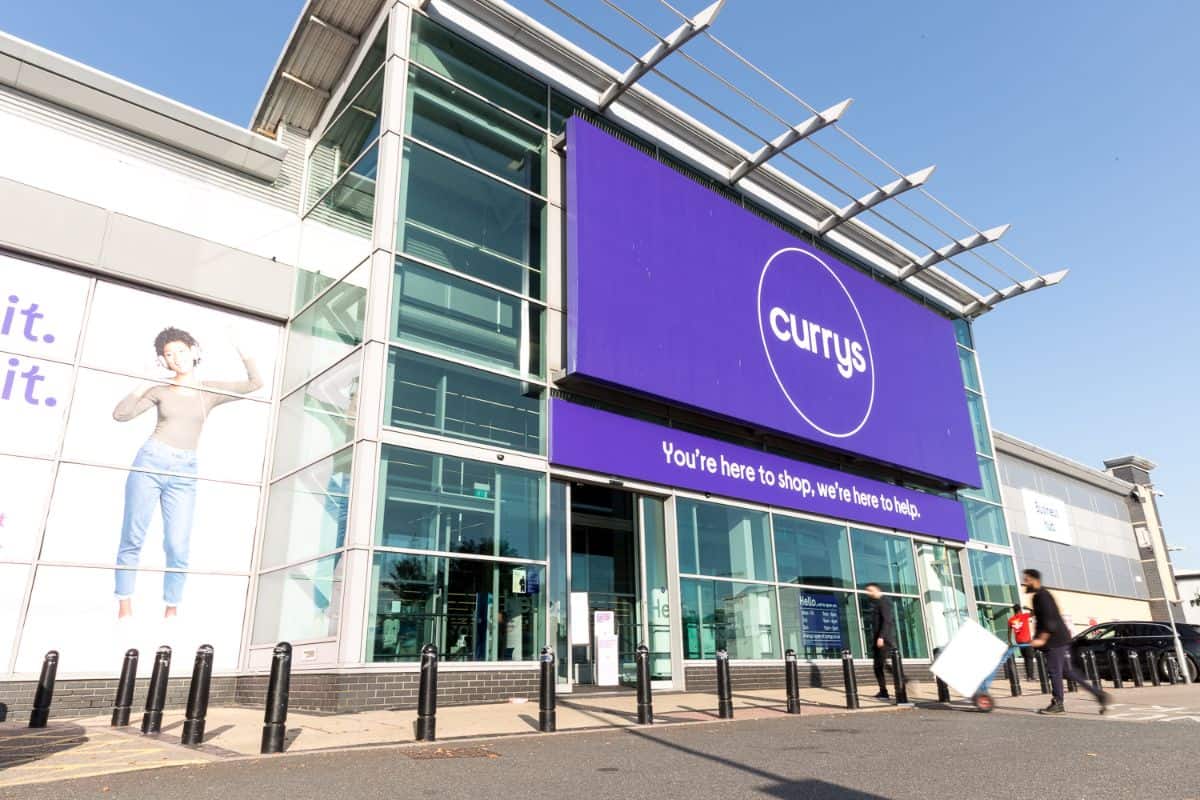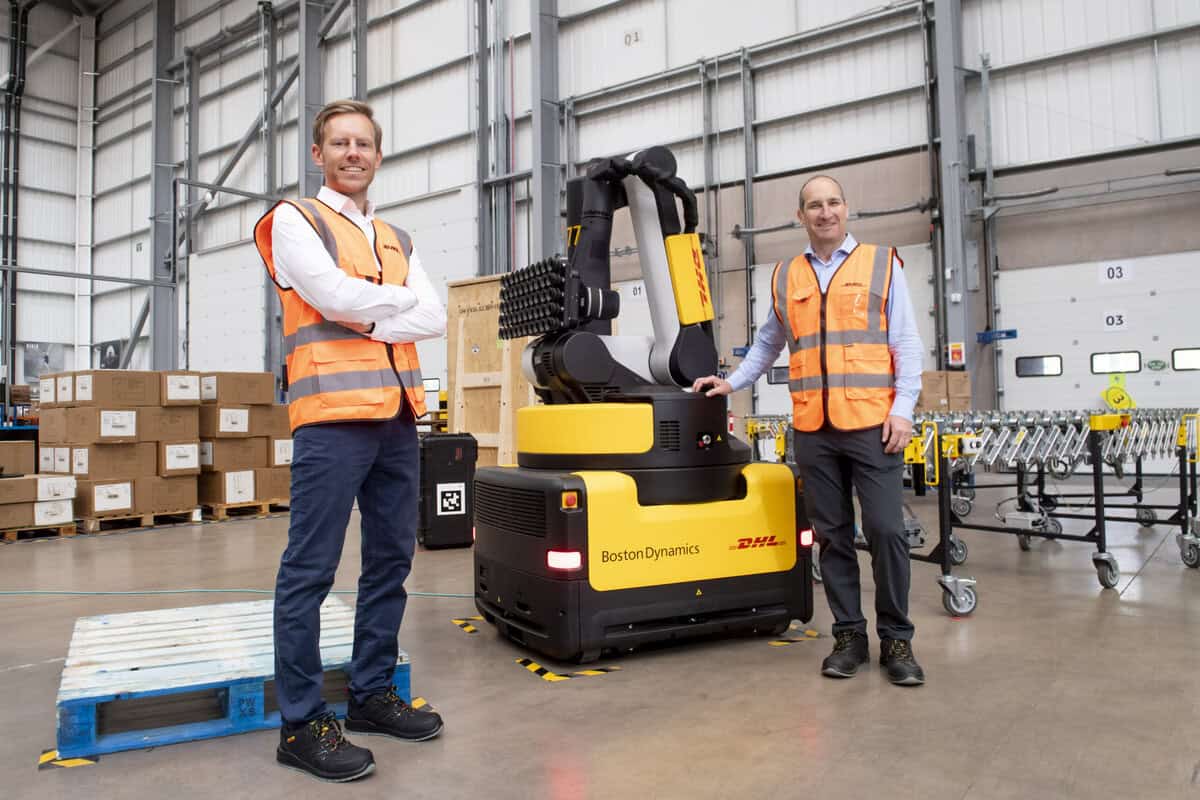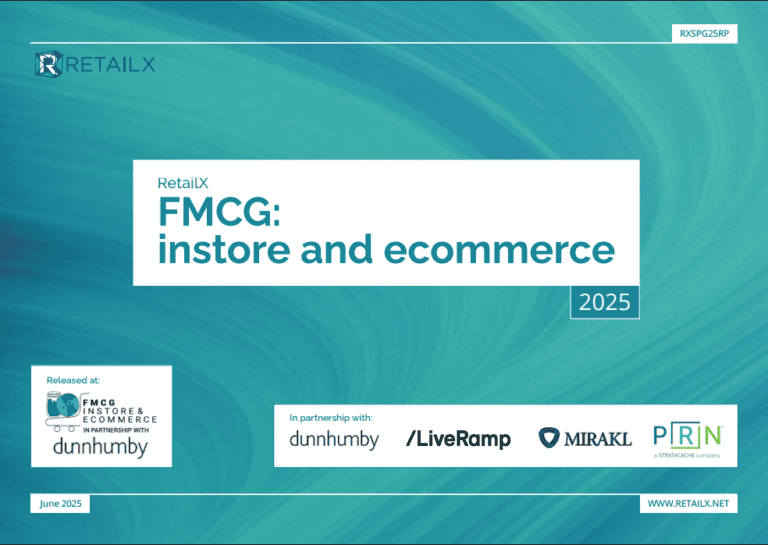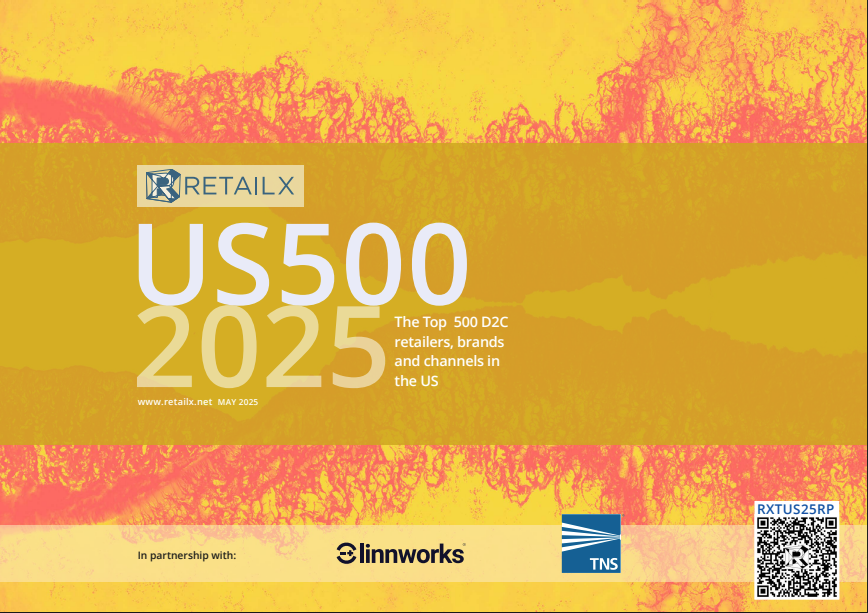Search specialists SLI Systems examined how ecommerce retailers can use search to best effect in a recent Internet Retailing webinar, If they can’t find it, they can’t buy it: the importance of site search for online retailers.
Matthew Curry, head of ecommerce at sex toys retailer Lovehoney, and Chris Edge, head of customer success UK at SLI Systems, were the speakers.
The different roles that search can play in an ecommerce business were examined in a wide-ranging presentation from Lovehoney’s head of ecommerce Matthew Curry, who opened our recent Internet Retailing/SLI Systems webinar If they can’t find it, they can’t buy it: the importance of site search for online retailers. He explained how Lovehoney, the UK’s largest online sex toy retailer, uses search in a variety of ways, from showing products that are appropriate to different audiences to learning from its search results to create new product ranges.
Lovehoney trades across sites including Bluebella, Hen Night HQ, and BeCheeky.com and on the high street through the upmarket erotica Coco de Mer business, as well as the core Lovehoney business. A wide range of products is added to each week by the addition of some 40 to 50 new SKUs, and the company has 46,000 reviews of the products that it sells. It also carries a range of guides to choosing sex toys and demonstration videos showing how each product is used. Search is crucial to making sure visitors see the most relevant items for them, and it has also proved a valuable source of information.
Lovehoney divides its customers into two groups – one cautious group who want to explore sex toys for the first time, and the other who is more experienced and adventurous. “They have very specific tastes. There are very different attitudes to sex toys.” That means one group of customers may be happy to see an item, while others may not. That calls for a subtle approach in search results. “When you’re merchandising and searchandising it’s very easy to show something bad to someone,” said Curry. “You think it’s relevant but to them it’s very not relevant indeed and they will leave your site.”
Before opting for SLI Systems’ search solution, the ecommerce business had previously developed most of its software in-house. However, Curry said the decision was taken to outsource the function both for security reasons – search, he says, can be a point of vulnerability in an ecommerce system – and also for the greater external expertise. The SLI System search software, he said, is one that allows businesses to promote specific items, while hiding items that are not appropriate. “To get my internal team to try and build something like this would take forever,” said Curry.
So what is the value of search? Some 13% of Lovehoney users use its site search. Those who use site search on the website convert at four times higher. Site search users also have a 17.8% drop in abandonment, and a 17.3% increase in average order values. What works? Lovehoney runs thorough testing of the different search result layouts to find those that produce the best sales.
Curry then shared Lovehoney’s SLI search cloud with the audience, showing the type of search terms that visitors to the site use, and pointing out the wide use of generic terms. These search terms can give important insights into the market, Curry explained. Lovehoney picked up on search terms that the company first started to see when the erotic bestselling Fifty Shades of Grey triology was becoming popular. The company found a business opportunity in the data, prompted by the insights to gain the worldwide licence for sex toys inspired by the books that are now being sold worldwide.
Video and other guides can also used in searchandising so that relevant editorial content appears when items are searched for. Additionally, the system also draws on purchase histories to show items that other people bought when they searched for the same term. “People can have a much better idea of the paraphernalia that you get that you get when you’re looking at a particular thing that you want to do,” said Curry. “It gets people actually buying more.”
In the same way, product propensity data shows what people buy when they make certain searches – and that’s reflected in the items that are shown in future searches.
Search also has an influence on Lovehoney’s buying – and on its guides. Buyers for the company look at the data that visitors are looking for as they make decisions about future purchasing, while editorial content is produced to answer questions that are asked during the search process. Transferring this search function to a mobile site is the current challenge for Lovehoney.
Chris Edge, head of customer success UK at SLI Systems, was the second speaker in the webinar. He opened by demonstrating the different search terms that visitors can use to find an object – and the ways that businesses can use search to improve their business.
Trends/top searches
Search data can be informative. Multiple searches for similar items may indicate a new potential product range for a retailer to stock, or a need to increase the amount of stock held.
Top pages
By monitoring what items convert to sales from search, less successful product descriptions can be altered to boost the chance of a sale – by adding more information, for example.
Search phrases for PPC
By monitoring key search terms through their search process, companies can invest in less expensive terms that convert well – reducing their PPC costs.
Poor results
Searches that return zero results could be informative. Business intelligence from searches that don’t return a relevant item might indicate a need to stock new items. Equally, refining searches that bring up too many answers may be helpful in limiting the results that are found, making it easier for customers to find what they’re looking for.
Misspelled words
By incorporating common misspellings into the search rules, companies can show relevant products. For example, Boden shows ‘shoes’ when the search term was ‘shoz’.
Landing pages
Searches for gift cards at B&Q take the user to a specific landing page reflecting the original search, making content immediately more relevant.
Multichannel trends
External marketing activity may quickly be reflected in search results. Planning or responding quickly to show relevant content is likely to boost business.
ROI information
Retailers can find out if search is making them money through Google Analytics, said Edge. But, he said, it’s documented that site searchers spend more money. “It’s simply because search users are more engaged users,” he said. “They’ve come to your site, typed the keyword in and are already in the process of going through to conversion. It’s important that at that stage when they’ve typed something in you return relevant results to them because they are some of your best customers.” On-site search analytics will show valuable insights into the financial impact of search, while testing can ensure that the most relevant items are shown.
Learning from site testing
List vs grid is just one dilemma that faces the retailer when it comes to how search results are presented. “The more products you can get up there, generally the better,” says Edge. But some retailers may find through testing that showing fewer pictures works better for them. Wickes, for example, has configured its site to show fewer items when big and bulky items are searched for – dedicating more space to the imagery and including detailed product information in the search results. Similarly, businesses can also find which type of price listing works better for them, and how product lines can be displayed most effectively.
Such testing is very much worth doing, says Edge. One client found in a test of its grid vs list view that those site users who saw results in a grid spent on average £4.47 more than those who saw a list. That meant a £21,000 boost to monthly revenue and a yearly increase of £250,000.
Questions from the Q&A session at the end of the webinar ranged from the value of site-specific content to practical questions on search test management, and why Lovehoney is prioritizing tablet over mobile as it moves into responsive design.
To hear the webinar for yourself, to view the accompanying slides and hear the question and answer session, visit the SLI Systems webinar page. For details of our other webinars visit our webinars page on the Internet Retailing site.








